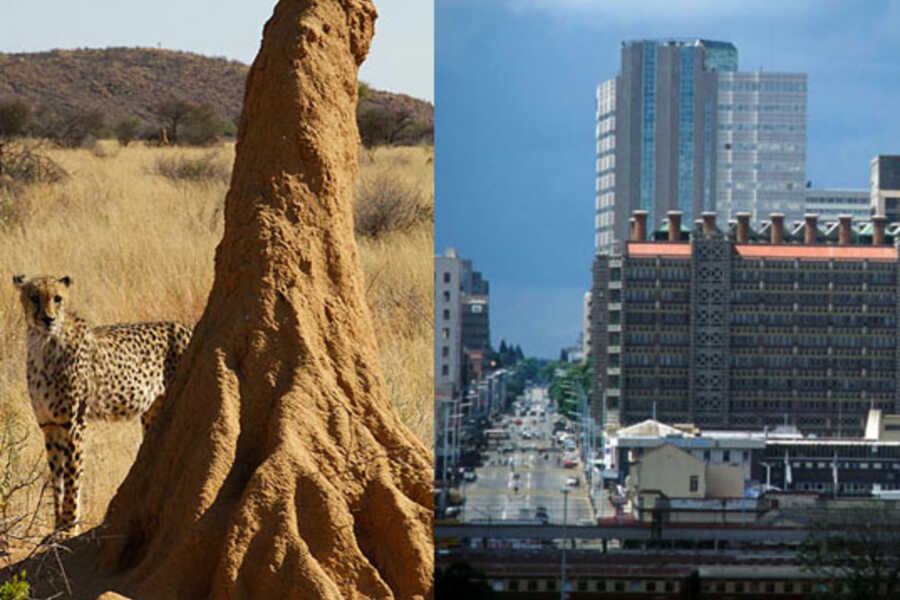Sometimes it very easy to think of our planet as an ill animal for which we do not possess the means to heal it. Everywhere we can find catastrophic books foreseing the end of our era because of the lack of care we have in dealing with natural resources, both renewable and not.
How to find a way to actually reconnect with nature?
Someone once sang "the biggest mistake one could do is to look far away for things he has close to him".
In this small thought there is, in my opinion, an abstraction of a key concept of life: improving by observing what is around us and achieves the goal we are chasing after.
We are constantly in contact with nature and this should not be that surprising, as we are part of nature itself.
And we could benefit from what evolution has embodied in the biosphere.
From this starting point Biomimicry developes its designing strategies.
The term Biomimicry embraces a set of considerations on how nature acts, reacts and adapts to internal and external changing conditions in order to create an harmonic balance; it puts them together with specific methodologies to inquiry designing challenges with a new ecological eye.
A very interesting assuption of this approach is that if we design our solutions based on natural mechanisms we can have sustainability, zero-impact and other desirable characteristics “for free”: they are already embodied in the design itself!
This could really be the new propulsion for inverting the negative trend in which our planet is nowadays a sad protagonist.
Nature will always find a way to prosper, maybe by drastic adaptation solutions.
The question is: do we want to be a positive actor in this stream of which we are (maybe) unconscious actors?
Biomimicry could be the answer.


